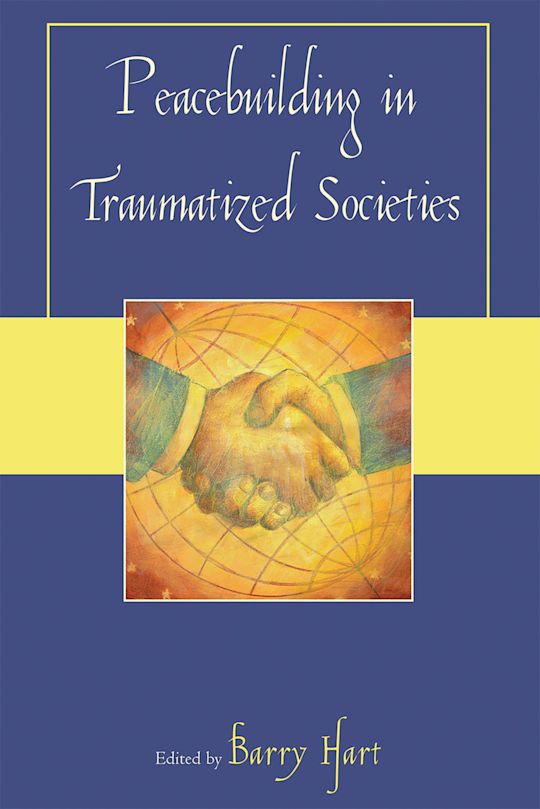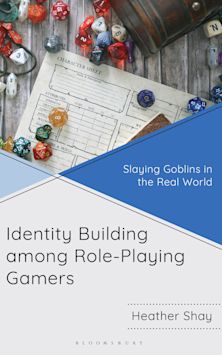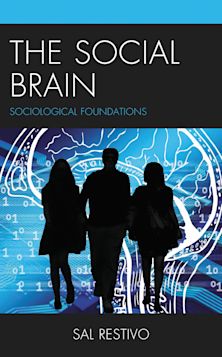- Home
- ACADEMIC
- Sociology
- Sociology - Other
- Peacebuilding in Traumatized Societies
Peacebuilding in Traumatized Societies
This product is usually dispatched within 3 days
- Delivery and returns info
-
Free CA delivery on orders $40 or over
You must sign in to add this item to your wishlist. Please sign in or create an account
Description
This work examines trauma, identity, security, education, and development as issues of critical importance to peacebuilding and social reconstruction after large-scale violence. This violence takes the form of war, mass-killings, and genocide, as well as structural violence that has humiliated and impoverished millions of people across the globe. Transitional justice, leadership, religion, and the arts are other crucial issues that are included in this analysis of violence and its transformation. The book explores how each issue can be independently addressed for transformational purposes, but argues for their active interdepdendence in order to more effectively help individuals, communities, and societies emerge from violence and begin the rebuilding process. Peacebuilding for Traumatized Societies examines these issues in theoretical and practical terms through case studies and descriptions of training and problem-solving procedures in Rwanda, the Balkans, Colombia, and the Philippines.
Table of Contents
Part 2 I: Theoretical Frameworks
Chapter 3 Critical Links between Peacebuilding and Trauma Healing: A Holistic Framework for Fostering Community Development
Chapter 4 Managing Memory: Looking to Transitional Justice to Address Trauma
Chapter 5 Humiliation, Trauma, and Trauma Recovery in a Globalizing World
Chapter 6 Trauma, Identity and Security: How the U.S. Can Recover from 9/11 Using Media Arts and a 3D Approach to Human Security
Chapter 7 Peacebuilidng Leadership in Traumatized Societies
Part 8 II: Merging Theory and Practice
Chapter 9 Psychological Recovery, Reconciliation and the Prevention of New Violence: An Approach and Its Uses in Rwanda
Chapter 10 The Contribution of Trauma Healing to Peacebuilding in Southeast Europe
Chapter 11 Arts Approaches to Peace: Playing Our Way to Transcendence?
Chapter 12 A Post-Genocidal Justic e of Blessing as an Alternative to a Justice of Violence: The Case of Rwanda
Chapter 13 The Role of Religious Peacebuilders in Traumatized Societies: From Withdrawl to Forgiveness
Part 14 III: Trauma Healing in Croatia, Columbia and Australia
Chapter 15 Daring to Dream: Learning about Community Trauma, Accountability and Building the Future in Post-War Forums in Croatia
Chapter 16 Opening Space for Healing in Colombia
Chapter 17 Healing Trauma among Australia's 'Stolen Generations'
Chapter 18 The Way Forward: Policy Development and Implementation
Part 19 Index
Part 20 Contributors
Product details
| Published | Feb 26 2008 |
|---|---|
| Format | Paperback |
| Edition | 1st |
| Extent | 362 |
| ISBN | 9780761840350 |
| Imprint | University Press of America |
| Dimensions | 230 x 153 mm |
| Publisher | Bloomsbury Publishing |
About the contributors
Reviews
-
Massive trauma at the hands of others threatens ethnic, national, religious, and ideological large-group identities. Accordingly, traumatized societies, and often those of their descendants, become involved in various societal/political processes in order to protect and maintain their identities. Some of these processes may engender serious resistances to peacebuilding or may even lead to new violence...There is no doubt in my mind that this important book will stimulate new ideas and strategies for dealing with traumatized societies and enrich the peacebuilding field.
Vamik D. Volkan
-
Case examples from three different societies illustrate the multi-layered dimensions of struggle to recover from individual and community trauma, move forward the social reconstruction processes, and negotiate the demanding path of peacebuilding to break the cycle of violence.
Dean Ajdukovic
-
Not paying enough attention to the post-conflict needs of communitites has frequently meant a return to violence. This book is an excellent reminder of the kind of work that needs to be undertaken once an agreement has been signed, i.e. the need for justice to be addressed, trauma to be healed, new institutions to be developed, and communities to start on the long road to reconciliation. This work, which is the fruit of many years work in the field by the authors, will be an invaluable resource for those who wish to ensure that their considerations are of the width and depth necessary to ensure sustainable peace.
Mari Fitzduff, Professor and Director of Masters Program in Coexistence and Conflict, Brandeis University


































